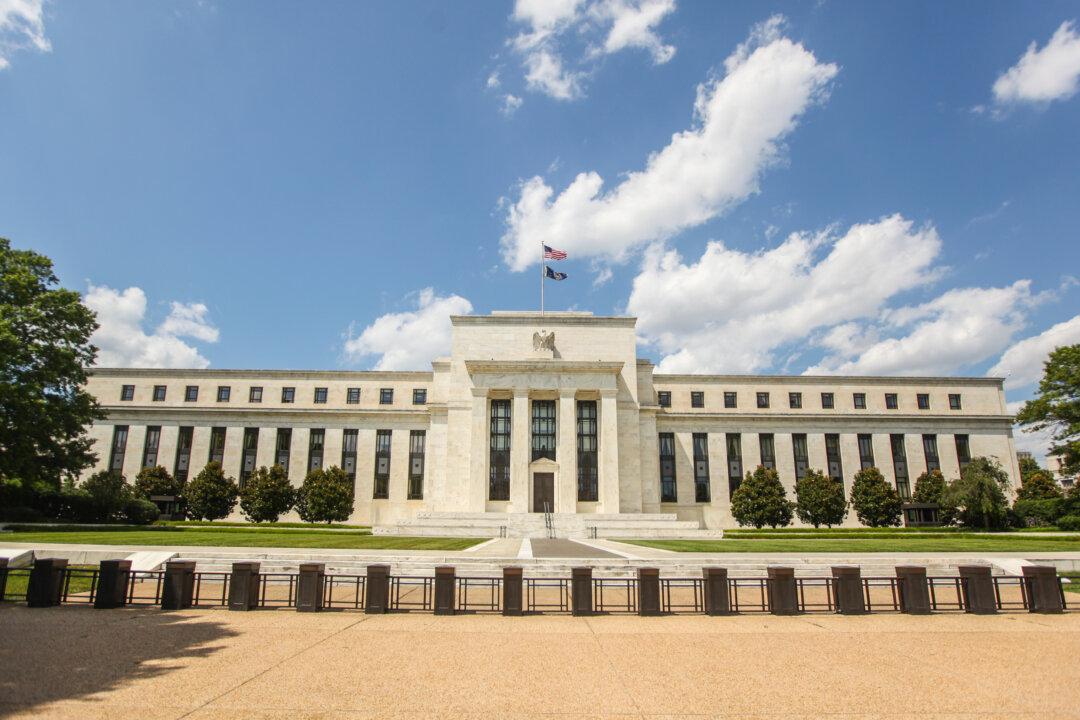News Analysis
James Grant, the chief editor of Grant’s Interest Rate Observer, recently said about negative interest rates and a ban on cash: “What precedes implementation of these ideas is a discussion of them. I think this is coming.”
Indeed, the orchestrated support from the usual suspects among the mainstream media, pundits, think tanks, banks, and governments around the world is astounding.
Both editorial boards of Bloomberg and The New York Times wrote two pieces in favor of banning cash. Former Treasury Secretary Larry Summers and European Central Bank President Mario Draghi voiced their support for the elimination of large currency notes. Only The Wall Street Journal didn’t exactly endorse the idea.
Willem Buiter, the chief economist of Citigroup, summed up the benefits—at least from the government’s point of view: All financial transactions can be taxed by the government or charged a fee by the banks, and bank runs are eliminated because there is nothing in the bank that’s worth making a run for.





